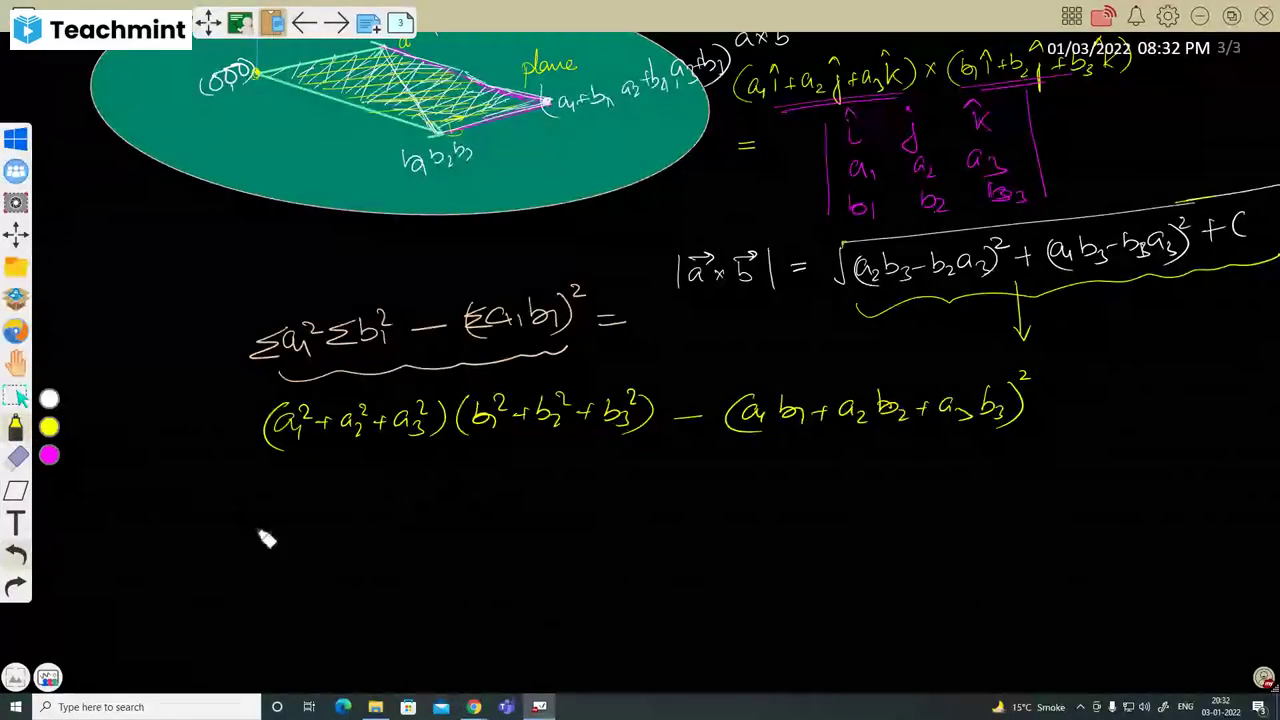Question Text
Question 1 :
Assertion: A reference frame attached to the earth is an inertial frame of reference.
Reason: Newton's laws can be applied in this frame of reference.
Question 3 :
A bullet weighing 10 g and moving at 300 ms$^{-1}$ strikes a 5 kg block of ice and drops dead. The ice block is sitting on frictionless level surface. The speed of the block, after the collision is :
Question 4 :
A ball collides elastically with another ball of the same mass. The collision is oblique and initially one of the ball was at rest. After the collision, the two balls move with same speeds. What will be the angle between the velocity of the balls after the collision?
Question 5 :
A skater of mass m standing on ice throws a stone of mass M with a velocity of V in a horizontal direction. The distance over which the skater will move back (the coefficient of friction between the skater and the ice is $\mu$) :<br>
Question 6 :
(1) : When a rigid body is rotating about its own axis, all particles of that body have the same angular velocity.<br/> (2) : All particles of the body have the same time period.<br/>
Question 7 :
A bullet emerge from a barrel of length 1.2 m with a speed of$\displaystyle 640{ ms }^{ -1 }$. Assuming constant acceleration, the approximate time that it spends in the barrel after the gun is fired is
Question 8 :
A marble block of mass 2 kg lying on ice when given a velocity of 6 m/s is stopped by friction is 10 s. Then the coefficient of friction is-
Question 9 :
A body projected vertically upwards with a velocity of $19.6\; ms^{-1}$ reaches a height of$19.6\; m$on earth. If it is projected vertically up with the same velocity on moon, then the maximum height reached by it is ($g_{earth}=g \ ms^{-2}$, $g_{moon}=\dfrac{g}{6}\ ms^{-2}$)
Question 10 :
If a particle is moving in such a way that it's average acceleration turns out to be different for a number of different time intervals, the particle is said to have variable acceleration. The acceleration can vary in magnitude, or in direction or both. In such cases we find acceleration at any instant, called the instantaneous acceleration. It is defined as $\vec { a } =\underset { \Delta t=0 }{\text{lim} } \cfrac { \Delta \vec { v }  }{ \Delta t } =\cfrac { d\vec { v }  }{ dt } $<br/>That is acceleration of a particle at time $t$ is the limiting value of $\cfrac { \Delta v }{ \Delta t } $at time $t$ as $\Delta t$ approaches zero. The direction of the instantaneous acceleration $\vec { a } $ is the limiting direction of the vector in velocity $\Delta v$.<br/><br/><br/>A particle is moving along a straight line with $10\ m{ s }^{ -1 }$. It takes a U-turn in $5\ s$ and continues to move along with the same velocity $10\ m{ s }^{ -1 }$. Find the magnitude of average acceleration during turning.<br/>






















































